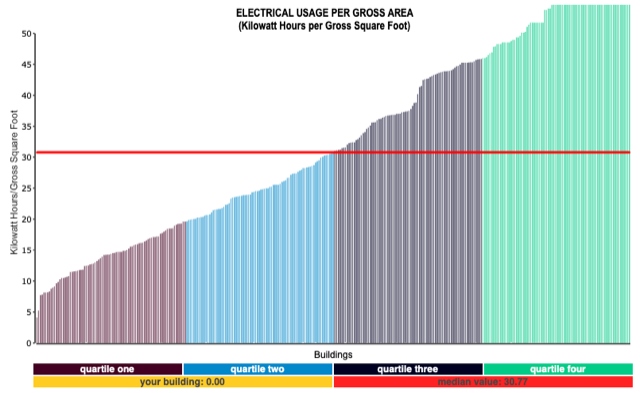December 2019 — It is surprising that more outsourcers do not take full advantage of benchmarking. Many smart clients are starting to demand it and put it in their contracts.
The benefits are substantial, and the amount of work needed to benchmark is minor. Some of the benefits obtained from benchmarking are:
- Benchmarking can assure clients that services provided are competitive.
- Your organization can obtain internal comparisons to understand how various contracts are performing.
- You can use benchmarking to highlight the organization’s performance when bidding new work.
- On existing projects you may be able to avoiding the need to re-bid work and extend the contract period by showing that your costs compare well with peers.
There are some issues that outsourcers have that are the same for everyone. There is a need to carve out some time to get started with benchmarking. The press of daily issues and problems often keep the benchmarking initiative from beginning. However, without good benchmarking comparisons, service providers may not realize that their cost profile is high or low. Some of the issues faced by outsourcers:
- Data may be held by different organizations or may not be part of your current contract.
- Information regarding space or headcounts is often outdated.
- Many benchmarking tools are not user friendly.
All of these issues can easily be overcome and the benefits to benchmarking certainly outweigh the negatives. Here is a suggested approach to help you to get started. We provide an example below (for utility consumption) to illustrate how easy the process should be; this approach will allow you to obtain key output reports in the minimum amount of time.
Approach to benchmarking for outsourcing companies
- Focus on the services included in your scope of work. Energy management, maintenance and janitorial services are in most service contracts so the metrics for those services should to be benchmarked. In this article, we will illustrate the concept by looking at energy utilization. Subsequent articles will cover maintenance and janitorial metrics for service providers.
- Energy usage is compared on a gross square foot basis. Since, for most buildings, the electricity usage is a major component we usually look at electric energy intensity: kWh (Kilo-watt Hours) per Gross Square Foot (GSF) or KWH per Gross Square Meter. Good benchmarking comparisons need to be made with a relevant peer group (buildings that are similar to yours; e.g., same climate zone, hours of operations, etc.).
- For a quick analysis, we can utilize FM BENCHMARKING Query Edition to create a chart showing the kWh/area of a good peer group. Figure 1 is an example that shows the kWh /area for office facilities.
- This allows you to see at a glance how well your facilities are utilizing electricity compared to other office buildings. There are 337 buildings in this peer group with a median kWh utilization of 30.77 KWH/GSF and a first quartile performance of 19.61 kWh /GSF. By looking at and comparing similar types of facilities, you will be able to make intelligent “data driven” decisions.
- To see how your facility compares with this peer group, total the annual kWh consumption and divide by the GSF to determine the annual usage at your facility. Let’s assume the energy intensity is 37.5 KWH/GSF, which is near the middle of the third quartile, according to Figure 1.
- We then can adjust the filters by adding ones that we believe will provide us with a more accurate peer group.
This is an opportunity for the service provider to propose some additional energy conservation projects to the owner that would improve the performance and earn additional fees for the service provider; a win-win for both.
